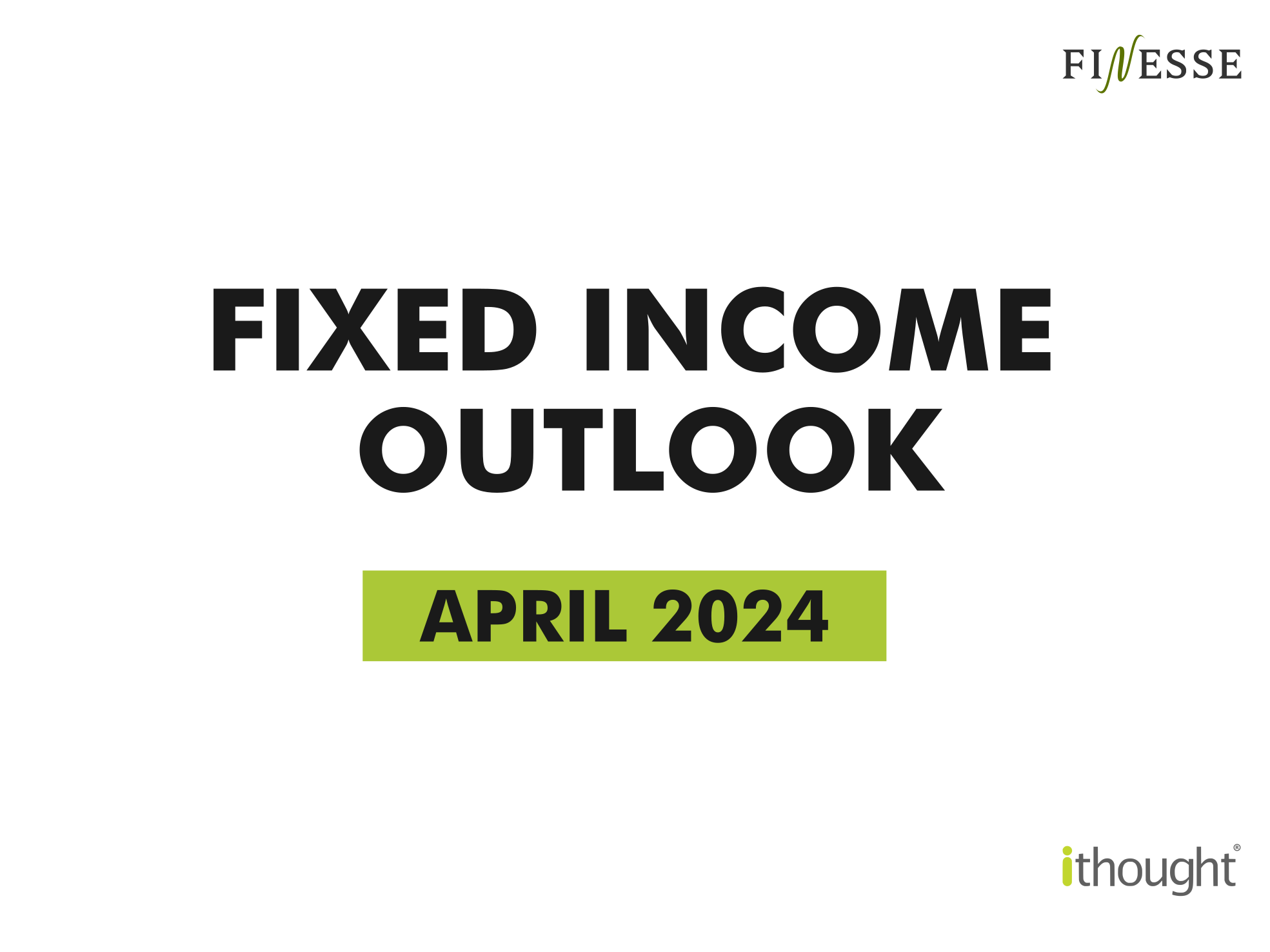Here is the transcript if you would like to read instead:
Introduction
You’re listening to Redux. Redux is a biweekly podcast show by ACE, where we talk about how history has played a huge part in our current investing world. On it, you will be able to gain an understanding of the impact that history has on investment decision-making. History does not always repeat, but it does rhyme.
Harshil: On this episode, I sit down with Charanjit Singh, the fund manager of DSP Tiger Fund, which is an infrastructure-focused fund. Charanjit has a total experience of 16 years in the financial services industry. He joined DSP investment managers back in 2018 as the Assistant Vice President of Equities. He covers sectors such as industrials, utilities, infrastructure, and consumer durables.
Charanjit, it’s great to have you on the show. I’m really excited for this one now. Let’s dissect how the entire cycle has played out since 2000.
Charanjit: Hi Harshil and thanks for the opportunity. It’s good to be interacting with you on the infrastructure theme which has been core to my heart. Before getting deeper into the cycle, how the cycle is played out, I would like to define the infrastructure sector. So infrastructure is a very broad-based category, which is, you know, linked to the overall development of the Indian economy.
It can be linked to energy, which is power generation through coal or through renewables, and also power transmission and distribution. Transportation also forms a very large part of the infrastructure sector, which could be roads, railways, airports, ports. Then there’s a lot of urban infra which is being built up. For example metro rails. Then there are a lot of utilities like water sanitation which also form part of the infrastructure sector. Apart from this, there’s also private CapEx, or the manufacturing CapEx which gets linked to steel, cement, chemical sectors, pharma. Then real estate is another part of the overall infrastructure theme and which also supports large construction activity. Defense from the government side is another part of the overall infrastructure. There are multiple product categories which feed into this infrastructure category. So anyway, infrastructure is a very broad-based category and this is how we define it.
Now let’s look at how the cycles have played out in the Indian context for the infrastructure sector. So what we’re talking about here is that infrastructure sector has seen almost bottoming out. Capacity creation should start picking up going forward from here. So if you look at investments contribution to GDP, it has reached almost 27% in FY21 from peaks of around 36% in FY 07. So we are at 27% which is at a very low level. What we’re seeing is that, if we have to understand this cycle, we go back into the history and look at our previous super CapEx cycle, which was from 2003 to 2007.
Now when we split it further from 2003 to 2005, what we saw is that the commodity prices were increasing. There were reforms such as the Electricity Act which led to the opening up of the power sector. And government spending was at a very rapid pace and growing at almost 23% CAGR. Corporate India balance sheets were expanding. And this was fueling the growth in the overall capital cycle.
2006 to 2008, what we saw is huge participation by the private sector in power, steel and cement sectors. Commodity prices were on an up move which were triggering globally, a big CapEx cycle. There was a pickup in the residential real estate CapEx and Government CapEx continued at the pace what we were expecting. But come 2009 onwards, after the global financial crisis, we saw that across segments the demand started slowing down. There was excess capacity which had been created and there were a lot of leverage across players, be it in power and the steel sectors. There’s also a lot of policy paralysis, which led to companies getting impacted during this timeframe of 2009 to 2012.
From 2013 to 2020 we saw there was a time frame when the lower commodity prices. The real estate cycle continued to remain weak and impacted because of excess inventories. There were excess supplies across sectors be it cement or metals. Balance sheets were under repair at that point in time, with companies going from expansion mode earlier to more and more contraction and cleaning up of the balance sheet. To give you an important data point, overall Indian corporate CapEx has actually remained flat for the last ten years despite the corporate profits growing by around 1.7 X during the same time frame. It was only one engine of the CapEx which is the Government CapEx which was driving this story in the last 10 years and going around 13% CAGR. So corporate CapEx in the private context has not picked up. And that’s where we are seeing there are reshoots and we are expecting that bottoming out of the investment cycle has happened. And from here on the growth should start picking up.
Harshil: Now you spoke about how from 2013 to 2020 we went into some sort of course correction. Commodity prices were also against us. So how did the entire industry come out of this phase?
Chiranjit: Yeah, so I think it’s always very critical to look at what are the mistakes which we did in the last cycle and did we do any big changes to actually overcome those mistakes? So what was happening in the cycle from 2005 to 2008? The infra sector boom led to lost companies taking excessive risk. They started diversifying into areas that were not core to their area of business. Road companies started getting into power development or the real estate segment. They started picking up more and more developmental projects. Because of this, what we saw is that during this timeframe, the company’s balance sheets became more asset-heavy from earlier asset-light business models. And as the 2009 recession hit hard, and there was a lot of you know bad choices of projects that led to defaults, what was also happening is that companies had become very aggressive and started taking aggressive risks.
Leading to much aggressive bidding in terms of the margins. Because of various policy-related issues, the projects actually started slowing down and as the project started slowing down, there were a lot of cost escalations, time overruns, and the overall market saw that there was a lot of liquidity tightening. There were a lot of defaults on the projects he started coming on. They also rise in receivables for these companies and that is a time frame when even banks started refraining from lending to the companies which had over-leveraged. So this is a very you know, a bad time or a very tough time for the sector. But I think from 2014 onwards. All the stakeholders realized the mistakes, what had happened in the past and how to overcome them.
First, Government itself worked in terms of reducing the overall risk for the developers. In a sense, new business models were brought in. From the build-operate-transfer business model in the road sector, Government brought in hybrid entity models where your payments or annuity payments are going to be linked. Not to the traffic which is in the case of the build operate transfer. In the EPC projects or the cash contracts which were being awarded by Government, it was made sure that 80 to 90% of the land is already acquired. Mobilization advances were being given to the contractors so that they can execute the projects on time. So I think all these factors led to the sector starting to make a comeback from 2014 onwards and ordering also started picking up.
And to highlight to you that companies who are very prudent in this time frame, they were able to survive and thrive for the next cycle and right now. Also, if you look at the construction sector while everybody talks about the risks in the construction sector, there are companies which have net cash balance sheets. While there are certain companies which have very low leverage, so companies were maintained their discipline of 1 focusing on the execution, not diversifying into unrelated areas and not picking up projects which are making their balance sheets asset heavy. They have been able to survive and thrive. They’ve been able to manage their working capital cycle also well, so I think these are the key learnings which we saw and help the companies come out of that tough phase in the infrastructure sector. From the capital goods perspective, cutting the most important part is innovation. What is happening is that the changes in technology are getting faster and the overall cycles are getting shorter. In the last cycle, what we saw is that the power cycle was being driven by coal. This cycle, the power sector is making a comeback, but it is being driven by renewables. We are seeing that new age technologies like is, digitalization and automation are being more and more in demand. So companies are able to innovate and be prepared for the next cycle and the new drivers for the cycle. I think those are who will survive for longer if you have to, you know, look for companies who can sustain for five or ten years. That is where. The most critical part lies for that capital with sector.
Harshil: Charanjit like you said, we are at the start of a new cycle and with every cycle picking up steam, what actually drives capacity creation?
Charanjit: So what we have done is we have looked at last 15 years data and try to understand what are the key drivers at the beginning of any investment cycle.
What we see is first, Banks’ balance sheets have to be very strong in order to start the lending and now what we are seeing is that in the Indian context, banks’ balance sheets have seen reduction in nonperforming assets significantly. Lot of NCLT cases have been resolved and from here on banks can go ahead and start lending to the various capital related spending sectors.
Secondly, if you look at our credit cycle itself now, it is at our credit growth rate is at around decadal. So from here on, what we see is as banks start lending the credit growth can start picking up.
Another important factor for driving the investment cycle is cost of funds. Our cost of funds that are not two decades low, which is again a very big positive for the CapEx cycle to turn around.
4th Important indicator is in terms of the corporate tax rate cuts which government has implemented recently. So the new manufacturing capacities. Now the corporate tax rate is at around 15% for existing capacities. Government has lowered the tax rate to almost 22%. So what it does is that new manufacturing capacities which are going to come through. They’re going to be very cost competitive versus, a lot of other Southeast Asian peers who we compete with.
So what we believe is that if we have to grow as a country, our GDP growth has to be picking up. It will be driven by mainly infrastructure spending and that is what even government has. Supported by increasing its overall capital budget for FY22 by around 26%. So overall, spending in this financial year is going to be around 5.5 lakh crores, which is up 26% and it is around 2.5% of the GDP. We had seen similar kind of number in fiscal 08 at around 2.4%. So central government is committed to invest in the infrastructure sector despite COVID. Another aspect is that this is not only one year infrastructure spending which we are talking about. Government come up with National Infrastructure Pipeline which is talking about more than 100 lakh crores of CapEx over FY20 to 25. We had spent 50 lakh crore over FY14 to 19, so that’s the kind of scale up what we are seeing the government is talking about. So it means is that we want to take infra investments from 5% of GDP closer to 10% of GDP.
The other important aspect is the reforms. So when we go back in the history before any capital investment cycle, picking up reforms have been very critical. We have already talked about the corporate tax rate cut which has happened. GST has been a very critical reform because it has led to more and more formalisation of the economy. Real Estate Regulatory Act, which is RERA has brought in more and more consolidation in the real estate segment. Government is also working on reforms for the Power Distribution sector because that’s a segment once it is reformed, it will lead to the improvement in the health of the entire power value chain. Subsequently, it will also help us to rationalize the tariffs for the industries. The other important reform is performance LinkedIn centers13.55. So what government is talking about is as the world is looking at more and more destinations in terms of diversifying their supply chains. India will play a very important role, but for that we need to develop our domestic manufacturing capacities and for that performance linked incentives have been introduced.
Lastly, the labor reforms which have been implemented again are going to play a very important role for this overall cycle to pick up. Before I, you know, conclude here. But we are also seeing is that. Definitely this capital cycle is arriving, but this may not be as large as what we have seen in the previous cycle. There are a lot of new CapEx drivers also which are emerging. For example, chemicals, pharma, renewables. Which are picking up. There are new CapEx drivers such as data centers, digitalization. Automation by the companies which were not there in the last cycle and what we are seeing is that these are coming as part of the techno infrastructure theme which is emerging in the overall infrastructure theme.
Harshil: Now I’m going to try and pick your brain here. We know that passive investing is in full force globally, and even here it’s picking up. Suppose there is a passive product that is launched for the theme. How important of a metric should the quality of the index be for an investor to actually go out and invest in it?
Charanjit: So I think I would like to highlight here that if you look at thematic funds versus sectoral funds. So thematic funds are more broad based either it’s infrastructure theme like what we are talking about, where it is not only the construction companies, but we’re also looking at companies in the building materials space, in the construction space, in the core capital goods space, so it’s very diversified theme within the infrastructure. While sectoral funds might have a only dependence on one particular sector and which also increases the risk for the sectorial funds. The risk for the thematic funds could be lesser than the sectoral funds, but still higher than the diversified equity funds. So in a concentrated strategy like thematic funds, what we believe is that the quality of the underlying companies which we are including in the fund that’s very critical. Coming to our question in terms of the pick up in the passive investments, so I think that’s a trend which is picking up globally, and we definitely believe this is positive. We are both active and passive investments will coexist. So here I think another important aspect is going to be how is the constituents of the index on which the theme is being run. So here if you look at any particular theme like infrastructure, it is more broad based and it is across sectors so I think they are the quality of the companies within this theme is going to be very critical. Companies which have very strong balance sheets companies which can survive even through the downturns and have very strong cash flow generation these are the companies they should be definitely, part of any kind of a theme or index. That is how we believe that both active as well as the passive investments can coexist and also help the investors to diversify their portfolio.
Harshil: Now before I let you go, since you invest in your fund as well, I’m really intrigued to know about your style of investing and how you manage the fund.
Charanjit: Yeah, definitely at DSP Co. Investment in the funds will manage, know rule we follow and if you look at the T.I.G.E.R Fund, which is the DSP Infrastructure fund and the T.I.G.E.R stand for The Infrastructure, Growth and Economic Reforms Fund, so this fund is a thematic fund which focuses on the sectors which are linked to infrastructure. What we try to do is that we are trying to run this fund as a core to its theme right to the label where we are excluding sectors like IT, Financials, Pharma and Consumer Staples. So we have taken a call that we will exclude financials from the fund because if you see other funds in our basket they will have a almost around 30% exposure to the financials and for this theme we wanted to run it as a pure focus on the infrastructure sector fund.
Now the key point is that what is the framework for this fund? So based on our learnings for the last 15 years, we have defined a framework how we’ll identify the stocks for this thematic fund. One we have to identify the right themes and businesses which will give us the visibility for next three to five years.
Secondly, being a very concentrated strategy and we are looking at more and more cyclical stocks. How we can reduce the cyclicality in the overall fund so ability to add segments such as fast moving industrial goods which can lower the overall cyclicality. We are very keen to add always simple businesses which have secular growth potential. Our focus is mainly on execution, and on narratives, which means that we heavily rely on the data in terms of how the spending is happening by the government, how the tendering is taking place and whatever areas with government has specified in terms of spending are they seeing that kind of an expenditure or not. From private CapEx spending perspective, we continue to track various themes and the spending by various industries.
The last most important thing is most of these categories are leaders in their own categories. In the top three players positions, and they have a very strong innovation track record. And driven by access to the technology. What we are saying is that as I’ve talked earlier, GST has made economy more and more formalized. Big players are getting bigger, So what we see is that these players who are in the leadership position in their own sectors. They will be able to garner further share and grow as the cyclical recovery picks up. Apart from this, definitely we look at all the key financial parameters in terms of the cash flows, return ratios, and consistent track record of exemption by these companies. So I think the other question which I would also like to answer is how do we try to mitigate the risk in these kind of thematic funds? So we are trying to reduce the concentration risk by owning higher number of good quality stocks which we call as a basket approach. So what we try to do is we try to identify these key themes and form them into baskets where each basket will have multiple number of stocks. For example, automation is one of the themes which we have identified. Second is fast moving industrial goods. Third, will be consumer electricals and variables, which we again believe is more secular in nature. Construction is a bucket and then cement and building materials. Additionally, will also look at adding the stocks which have lower volatility and drawdowns. So both these factors allow us to reduce overall risk in the fund despite being a thematic fund. What I believe is that as an investor. If you have to get an exposure to the sectors which are investable for T.I.G.E.R for our Infrastructure focused funds. If you look at the NIFTY 50 index right now the segments which are investable in T.I.G.E.R Fund, where they have the weight of only around 24%. In the peak of the cycle, this weight was almost on 67% in December 07. So the right way to get an exposure to these sectors is through the thematic funds only, where you can have 10 to 15% exposure in your overall portfolio to the dramatic funds to get the benefit from the revival in the capital cycle and economic reforms. I believe that SIP should be the most preferred route, and that is as an individual investing in the fund. I also follow doing my sips on a regular basis.
Harshil: Charanjit, I had a wonderful time having this conversation with you. Thank you so much for coming onto this show and sharing your insights.
Charanjit: Thank you for having me on the show.
Harshil: That’s all we have for this week. I hope you really enjoyed this one. Do us a favor and follow us on your favorite podcast app and maybe even leave us to review. With that, we’ll see you again next time.




